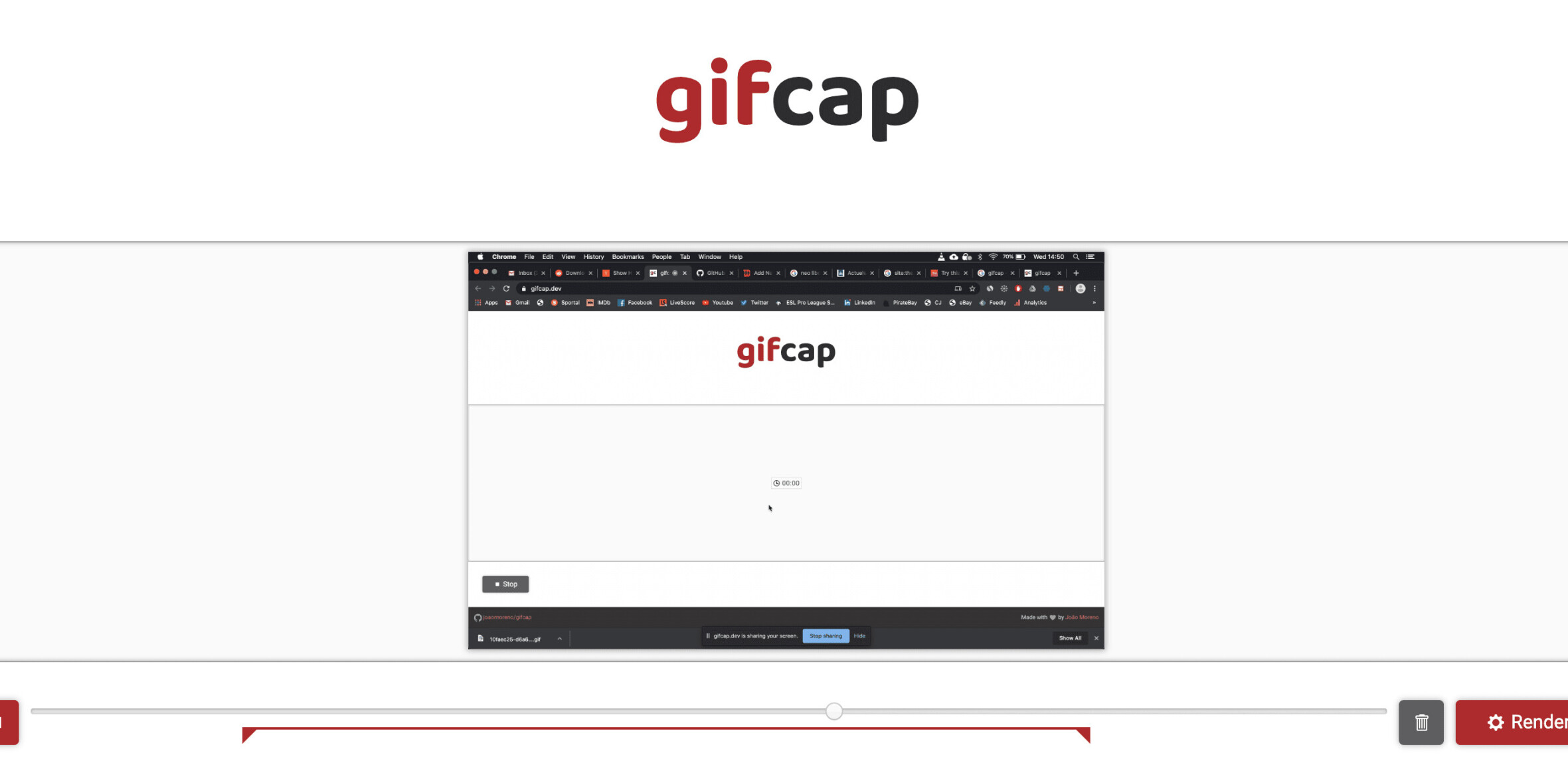
March saw the fifth full month of IE11 availability with Windows 8.1, the release of Firefox 28, and the first full month of Chrome 33 availability. The latest numbers from Net Applications show that Chrome was the only major winner last month, having finally passed Firefox.
Between February and March, IE dipped 0.23 percentage points (from 58.19 percent to 57.96), Firefox fell 0.42 percentage points (from 17.68 percent to 17.52 percent), and Chrome gained 0.68 percentage points (from 16.84 percent to 17.52 percent). Safari meanwhile gained 0.01 percentage points to 5.68 percent and Opera slipped 0.03 percentage points to 1.20 percent.
At 57.96 percent, Internet Explorer is still below its highest point of 2013 (in November it was at 58.36 percent). Last January, the browser went back above the 55 percent mark, and we’ll be watching to see if in 2014 it manages to get above the 60 percent mark.
IE11 grabbed an additional 2.91 percentage points (moving from 12.80 percent to 15.71 percent). IE10 declined 0.92 percentage points to 7.12 percent, after falling below its predecessor the previous month. IE9 itself slipped 0.04 percentage points to 8.76 percent. As Windows 8 users upgrade to Windows 8.1, we’ll likely continue to see IE10 lose share very rapidly.
IE8 fell 0.59 percentage points, but it’s still the world’s most popular browser at 21.14 percent. IE11 continues to mainly steal market share from IE10 and IE9, since Windows XP users can’t upgrade past IE8.
IE7 fell a huge 1.07 percentage points to 0.80 percent, falling below the 1 percent mark for the first time. IE6 meanwhile fell 0.50 percentage points to 4.15 percent. Back in September 2013, IE6 finally fell below the 5 percent mark, and thankfully it hasn’t regained all its losses.
At 17.26 percent, Firefox is now even lower than it was in February, which we noted was already a 60-month low. The drop has allowed Chrome to capitalize and finally overtake it.
Firefox 28 only managed to grab 2.83 percent share, as it was released at the end of the month. Firefox 27 gained 2.65 percentage points to 10.55 percent, and all the other versions lost share: Firefox 26, Firefox 25, and Firefox 24 lost a combined 5.40 points.
At 17.52 percent, Chrome has not only managed to recover all its 2013 losses, but it has finally passed Firefox. Chrome 33 gained an additional 8.97 percentage points to hit 12.67 percent. All other versions were down: Chrome 32, Chrome 31, Chrome 30, and Chrome 29 fell a combined 8.39 points.
Net Applications uses data captured from 160 million unique visitors each month by monitoring some 40,000 websites for its clients. StatCounter is another popular service for watching market share moves; the company looks at 15 billion page views. To us, it makes more sense to keep track of users than page views (for more, see this post).
Nevertheless, for March 2014, StatCounter listed Chrome as first with 43.66 percent market share, IE in second with 22.58 percent, Firefox in third with 18.75 percent, Safari with 9.91 percent, and Opera with 1.38 percent. The only part everyone agrees on is that Safari and Opera are not in the top three.
See also – Windows 7 outgains Windows 8 and 8.1 in market share again, but Windows XP still above 27%
Top Image Credit: Hugo Humberto Plácido da Silva
Get the TNW newsletter
Get the most important tech news in your inbox each week.







